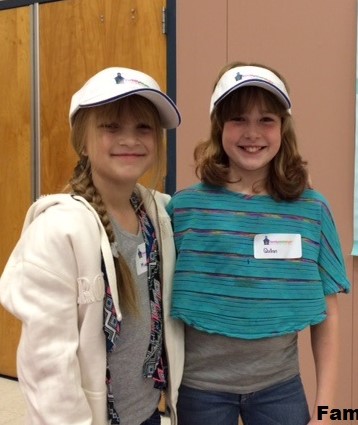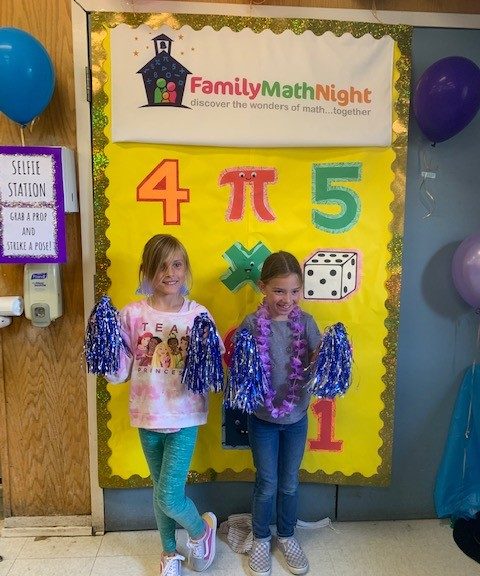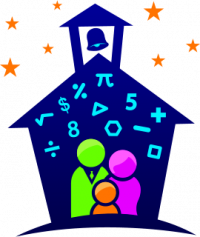Promoting Your Family Math Night Event
Dinner + Math We all know that parents are busy people. Any opportunity to make their lives easier and, well, they’re usually in. So let’s take dinner off their plate (!) and feed them. A spaghetti feed works well. But if you want to make it easy, bring in pizza or, even better, have a local restaurant donate the food. You can pass out their restaurant coupons at the Family Math Night sending customers in their direction. It’s a win/win! If you do decide to offer…




